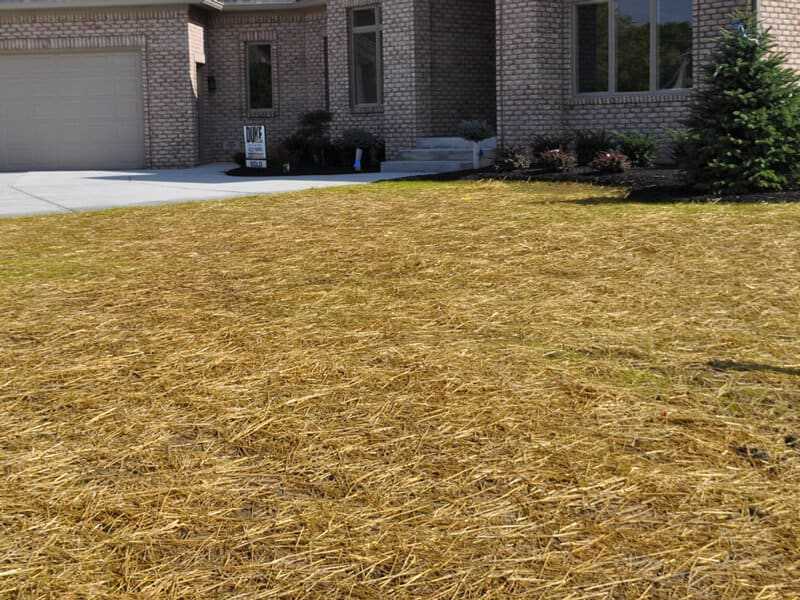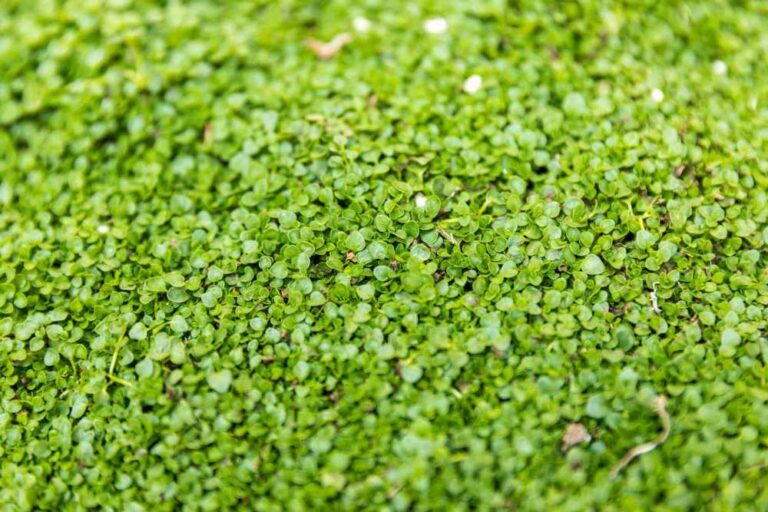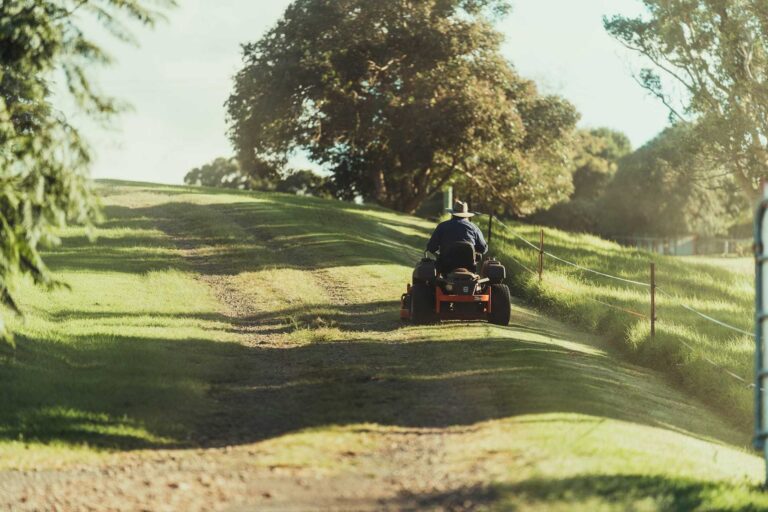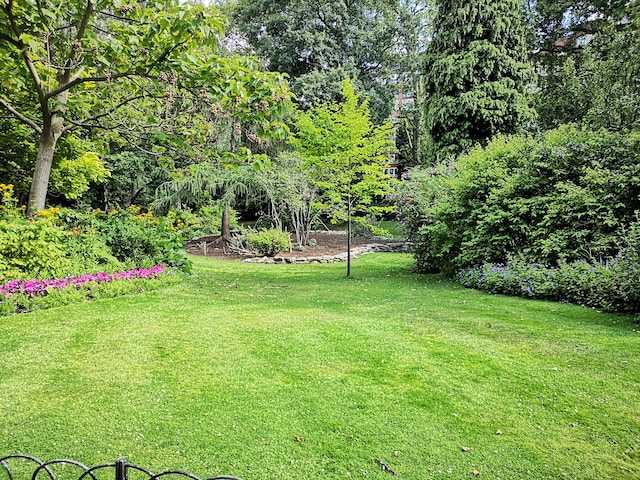Benefits and Techniques of Lawn Straw Covering
It is every homeowner’s dream to have a lush and vibrant backyard for relaxation and entertainment. However, achieving this often proves challenging for most homeowners, especially if you aren’t a gardening enthusiast. Lawn care enthusiasts can improve and enrich the appearance of their lawns in many ways, lawn straw covering included.
As the name suggests, lawn straw covering involves spreading straw over your lawn, especially newly seeded lawn, to promote the growth of grass seedlings and protect it from harsh environments. Outlined below are the benefits and techniques of lawn straw covering.
What Are the Benefits of Lawn Straw Covering?
Lawn straw covering is beneficial in the following ways:
Moisture retention
Having a layer of straw in your garden naturally reserves moisture, significantly improving your lawn’s water retention abilities. This is beneficial during dry spells, as the straw layer ensures water reaches the root system. Creating a protective barrier against evaporation ensures that your lawn maintains its soil moisture levels required for grass seed germination.
Prevents erosion
Applying straw for grass seed also shield’s your lawn from soil erosion. Heavy rains, wind, and high foot traffic degrade soil integrity, creating unsightly patches. However, a lawn grass covering creates a protective system that reduces the impact of raindrops, minimizing surface runoff. Lawn straw also protects your newly planted grass seed from being washed off.
Suppresses weeds
Having a bale of straw over your lawn also naturally controls weeds. Lawn straw forms a physical barrier that prevents weed seeds from access to various conditions, such as light, promoting germination. This natural weed suppression option eliminates the need for chemical herbicides. It also ensures that grass seeds flourish without invasive competition from weeds.
Effective Techniques for Lawn Straw Covering
Consider these tips to harness the maximum potential of lawn straw covering in your garden:
1. Preparation
You should start by preparing your lawn. This essentially involves mowing grass to shorten its length and removing vegetation to clear the lawn. You should also rake repeatedly to remove debris and create a level surface for application.
2. Choose the right straw for lawn covering
You should then select the right straw as it influences the success of your lawn preparation efforts. For this, choose quality straw varieties like aged pine straw, wheat, or rice straw. You should consider soil conditions and the local climate.
3. Even distribution
You should know how much lawn straw to apply per square foot to ensure consistent coverage. Uneven distribution of lawn straw causes uneven grass growth and areas of patches. Generally, you should spread thin layers of lawn straw, ensuring there are no clumps.
4. Gradual decomposition
The lawn straw gradually decomposes over time. Gradual decomposition is natural and beneficial to your lawn. Over time, lawn straw disintegrates, enriching your lawn with organic matter and adding nutrients to the soil. You can leave it as seeding mulch and starter fertilizer.
5. Straw removal
The lawn matures naturally under a straw covering, making it necessary to plan for gradual straw removal. To remove the straw, use a rake to lift and gather decomposed straw. You should do this gently to avoid damaging growing grass as they have young roots. This allows established grass blades to prosper unhindered.
FAQs
What happens to straw after grass grows?
The lawn straw gradually decomposes as the grass grows and prospers. It decomposes and integrates into the soil, improving soil health, nutrients, and structure.
How often should you water new grass with straw?
Watering frequency primarily depends on the local climate. However, you should water lightly to moisten the straw layer and reduce watering as grass grows. This allows roots to grow deeper in search of moisture.
What is the difference between hay and straw?
Most people use hay and straw interchangeably. However, hay is a type of grass used to feed livestock. On the other hand, straw is a byproduct of grain crops used for mulching and erosion control.
The Bottom Line
Lawn straws do an excellent job of covering grass seeds. It protects the seed from harsh conditions on your lawn, enhancing growth. However, you should know when and how to apply lawn straw covering to enjoy its benefits. It is an excellent and environmentally-friendly option for homeowners who want a lush and resilient lawn.






